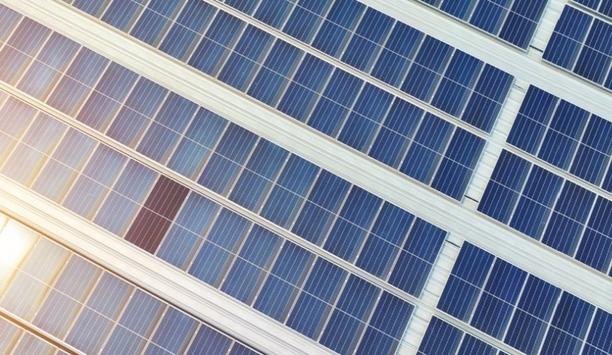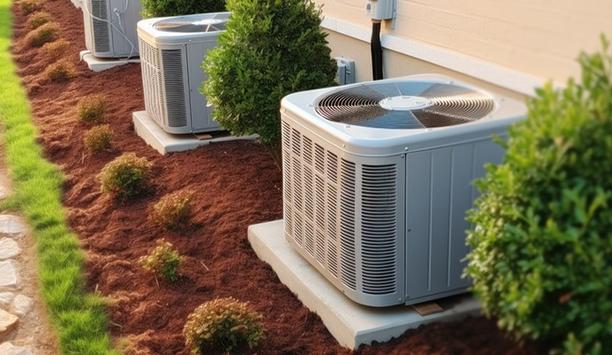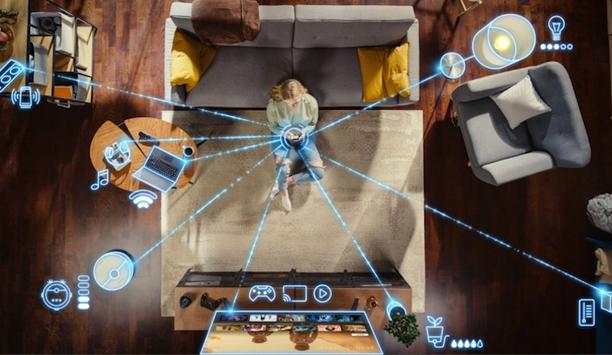The steps toward building decarbonization will accelerate organizations’ net-zero journey. Taking steps will also reduce operational costs and deliver better indoor environments. Improvements in heat pumps and digital solutions have enabled these opportunities and, as they continue to advance, deeper and deeper building decarbonization will become achievable.
Optimal solutions
Mark Lessans, Senior Director of Sustainability and Regulatory Affairs, Johnson Controls, for insights into how buildings and their systems will continue to evolve along with energy grids to achieve net-zero emissions while becoming more sustainable, resilient and cost-effective to operate along the way.
Lessan says this transition will allow the HVAC industry to increase the value proposition as customers demand optimal solutions to meet their specific needs, and as buildings become part of the solution to address climate change.
Q: Why and how does it matter if buildings operate more sustainably?
Lessans: Buildings are responsible for approximately 40% of global greenhouse gas emissions and 75% of U.S. electricity consumption. These percentages present a great opportunity. By operating more sustainably and leveraging advanced technology and controls, buildings have the potential to contribute to climate change mitigation and transition the energy system to be cleaner and more reliable. At the same time, they can provide greater comfort and healthier environments for occupants.
Q: How does product electrification contribute to decarbonization?
Lessans: The electrification of heating is a critical step on the path to building decarbonization. Electricity is becoming increasingly lower carbon as more of it is produced using renewables and other zero-carbon sources. By shifting from heating equipment that consumes fossil fuels to high-efficiency, electric heat pumps, building owners can keep buildings comfortable using clean energy and significantly reduce carbon emissions. Not only can heat pumps remove on-site emissions, but they can also reduce building energy consumption by up to two-thirds.
Q: What are some of the regulations and incentives for building owners to reduce emissions?
Lessans: Some of the most important regulations driving emissions reductions are building performance standards (BPS), which establish minimum energy efficiency or emissions requirements for existing buildings. BPS set limits at the state and local level for site energy, source energy or source emissions on a per-square-foot basis. In any of these metrics, high-efficiency electric systems like heat pumps can go a long way toward meeting requirements. Many federal, state, and local incentives can reduce the upfront costs of energy efficiency improvements. The Inflation Reduction Act, for example, raised the allowable credit for energy efficiency improvements under the 179D tax deduction.
Q: How do decarbonization and electrification offer a unique (and timely) opportunity for growth and expansion in the HVAC market?
Lessans: The HVAC industry is evolving in response to the imperative to decarbonize the built environment, creating new opportunities for the entire value chain, especially as unprecedented incentives are available. The industry can expect a wider range of heat pump options, both in breadth of application and in proportion of heating loads. Well-informed contractors can position themselves as advisors to meet each customer’s unique needs for cost-effectiveness, regulatory compliance, and sustainability goals, while taking advantage of available incentives. And, new digital solutions like fault detection and diagnostics enable visibility into equipment performance, creating more opportunities for remote optimization and on-site service.
 |
| Newly expanded Choice rooftop units offer enhanced features and options to help customers achieve their sustainability goals. |
Q: What is the “next generation” of products for commercial applications?
Lessans: Next-generation heat pumps are significantly more capable in providing reliable space heating than their predecessors. Today’s hydronic water-to-water heat pumps can generate supply water up to 176 F, making them viable boiler replacements without having to replace the existing hot water distribution. Air-to-water heat pumps offer design flexibility and reliable performance at outdoor temperatures well below freezing. Air-source DX heat pumps are increasingly available in higher tonnages and better low-ambient performance. Many hydronic heat pumps are now available with low global warming potential (GWP) refrigerants, and DX heat pumps will transition to low-GWP refrigerants starting in 2025.
Q: What new innovations in commercial heat pumps are contributing to decarbonization and energy efficiency?
Lessans: Today’s commercial heat pumps can deliver increased hot water supply temperatures. Legacy water-to-water heat pumps had maximum hot water supply temperatures of 140 F to 150 F, but the advanced compressor technology and innovative designs of today’s heat pumps can generate hot water above 170 F. This is close to the design temperatures of many existing building heating systems, allowing heat pumps to significantly cut down or, in some cases, even eliminate boiler use. These heat pumps can also operate in simultaneous heating and cooling modes, which can have an extremely high coefficient of performance (COP) above 5.
Q: Decarbonization is such a daunting challenge. Where can building managers start to decarbonize their buildings?
Lessans: No two buildings are the same, which means every path to decarbonization is unique, but it doesn’t have to be daunting. Building managers should work with engineers and contractors to assess their building systems and identify opportunities to reduce their carbon footprint both short and long term. For example, completely replacing a boiler may prove too challenging, but pairing it with a heat pump can significantly reduce its overall use today while keeping options open for the future. Controls and digital solutions can also drive enormous efficiencies and reduce a building’s carbon footprint.
Q: What obstacles remain in the realm of decarbonization and electrification? How can the HVAC marketplace help to overcome the obstacles?
Lessans: Upgrades to HVAC equipment will make an immediate, significant reduction in carbon emissions. But to drive even further toward net zero, need to take a comprehensive approach to building energy management. Intelligent building controls can provide a holistic view into contextual, full-building performance and help building managers optimize system- and component-level assets. As these digital solutions “learn” from an ever-growing data set, they can provide deeper insights that enable greater cost savings, emissions reductions and occupant experiences. It is critical that building managers are aware of available HVAC systems and digital technologies to achieve the lowest carbon footprint possible.








































